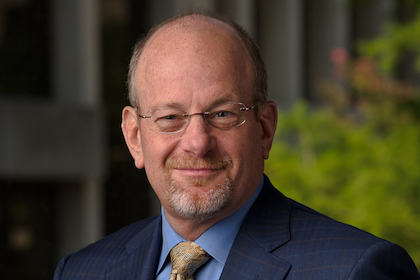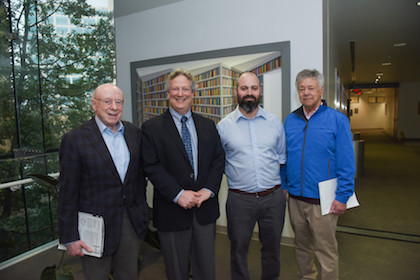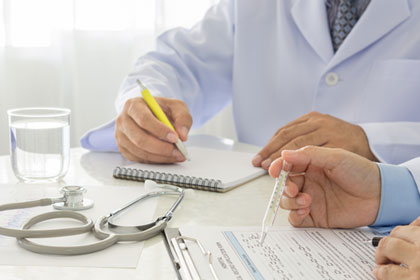Young students get valuable glimpse through HPREP
By Lin Lofley
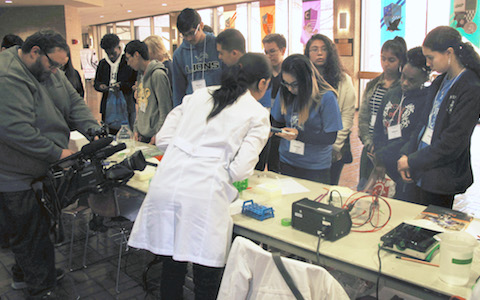
As the 23rd annual Health Professions Recruitment and Exposure Program (HPREP) wrapped up its final Saturday, nearly 200 area high school students, most of them teens, and their parents received a clear message: If you think you have what it takes to achieve a career in the health care professions, then you are stepping up in life.
Dr. Brian Williams, Associate Professor of Surgery, stopped himself late in his Jan. 28 keynote address during the program-ending luncheon, and he laid it out for the students:
“You are all leaders. You’re not on some path to become a leader. You have already begun,” he said. “It started the day you got online to get into this course. It might have begun before that, but you have shown that you have the characteristics of a leader.”
Dr. Williams came to national prominence in the aftermath of the ambush in Dallas that ended with a dozen Dallas police officers shot, five of whom died. Two civilians also were wounded and Dr. Williams happened to be the lead surgeon at Parkland Hospital that night.
The team of Parkland surgeons – most of them UT Southwestern faculty members – labored all night to save lives. And then came a follow-up news conference, where Dr. Williams, an Air Force Academy graduate, faced the media and talked not only about what the surgical team had done, but also about his experiences as an African-American.
“This happened in a split second in my mind,” he told his rapt audience. “I said the things I thought needed to be said to move this conversation forward. So why do I tell you that?
“One, I know what it’s like to be scared. I understand fear. Two, I was crying on national television. Men don’t cry. Black men don’t cry. Surgeons don’t cry. Trauma surgeons don’t cry. I pretty much destroyed every single stereotype I was supposed to be living in about five seconds.”
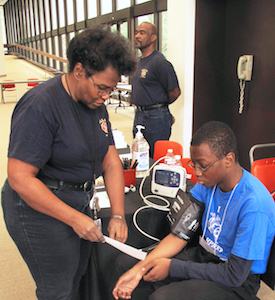
Dr. Williams began his HPREP address by praising the students – “Let your geek flag fly!” – while also giving credit to parents. “If your kids have made it through this, then you’re doing something right,” he said.
Normally a four-Saturday program, the 2017 version lost one weekend to the January weather, but not one whit of enthusiasm. The Dallas Independent School District (DISD) transported its students weekly, and a dedicated science teacher from Fort Worth personally brought her students to campus.
During HPREP, students took in a panel discussion by UT Southwestern Medical School students in addition to science demonstrations to provide a flavor of what the future might hold. One Saturday, the topic was orthopaedic surgery, as the students handled and “treated” replicas of the major bones in the body.
“I fixed a fibula,” said Lauren Johnson, a junior at McKinney Boyd High School whose parents, Torres and Dale Johnson, brought her to HPREP each weekend. “Getting a chance to handle the operating room appliances, and to see what’s possible was a great experience.
“I came in thinking that I’d like to study oncology, but now I’m thinking about orthopaedic surgery.”
Catalina Narvaez, a sophomore at DISD’s Innovation, Design, Entrepreneurship Academy, finished the program thinking she’d like a career in radiation therapy.
“HPREP is a great program,” she said, “and I particularly appreciated getting to talk to experts in the medical fields.”
The final day also allowed the students and parents to participate in a College Fair that attracted numerous schools from the state of Texas, and from as far away as the University of Pittsburgh.

